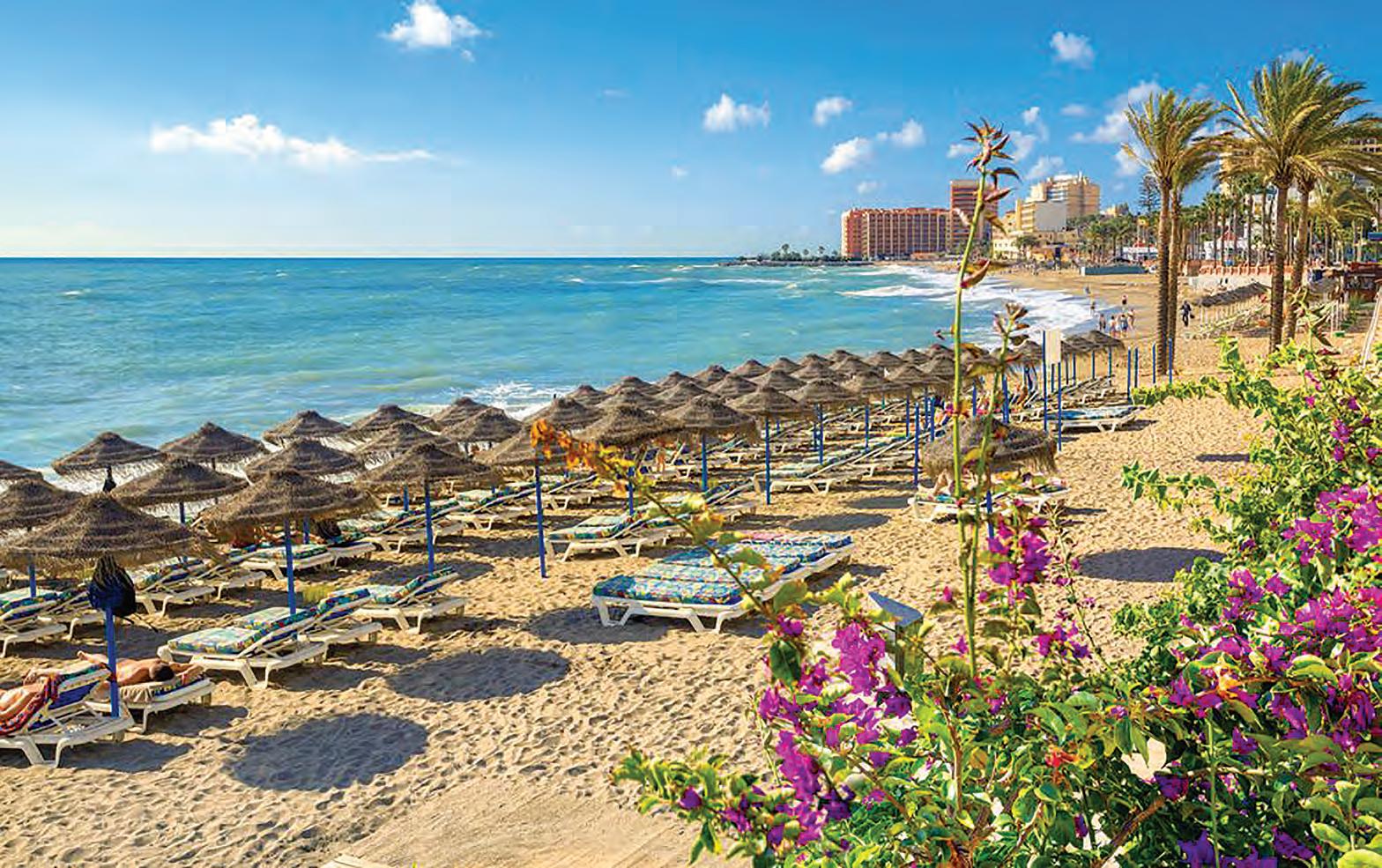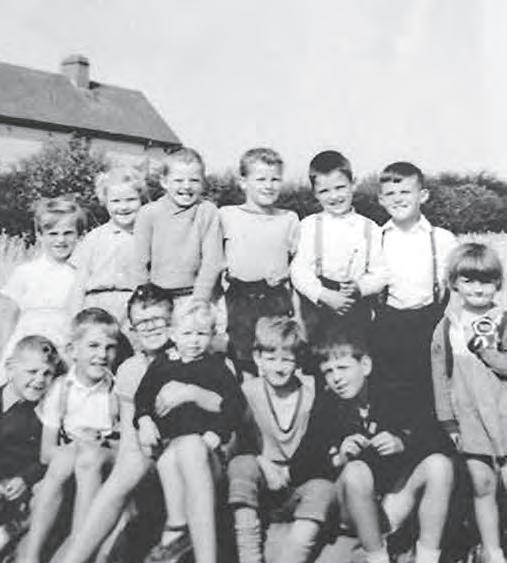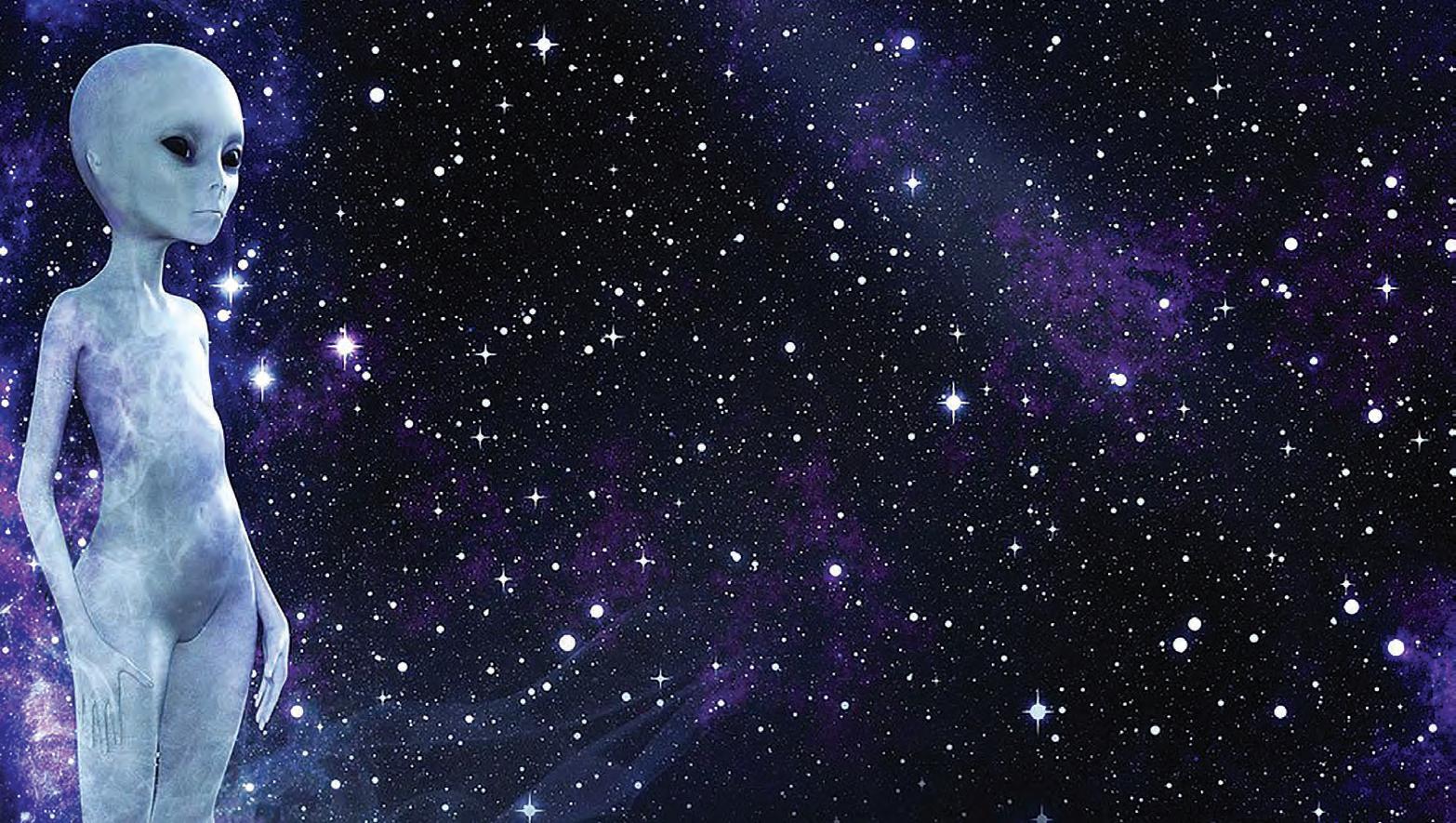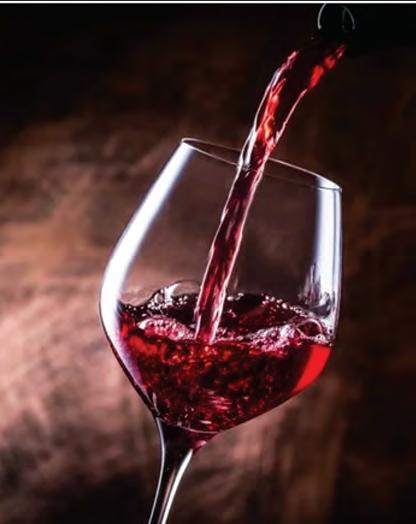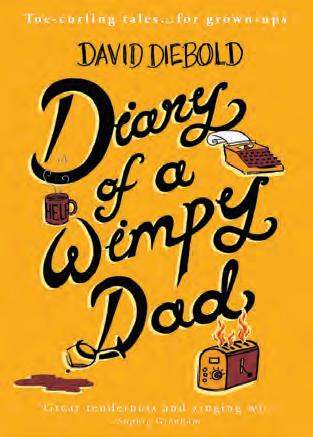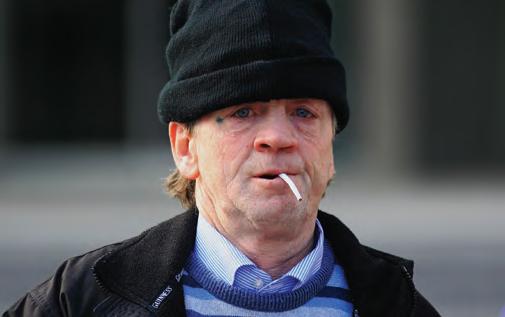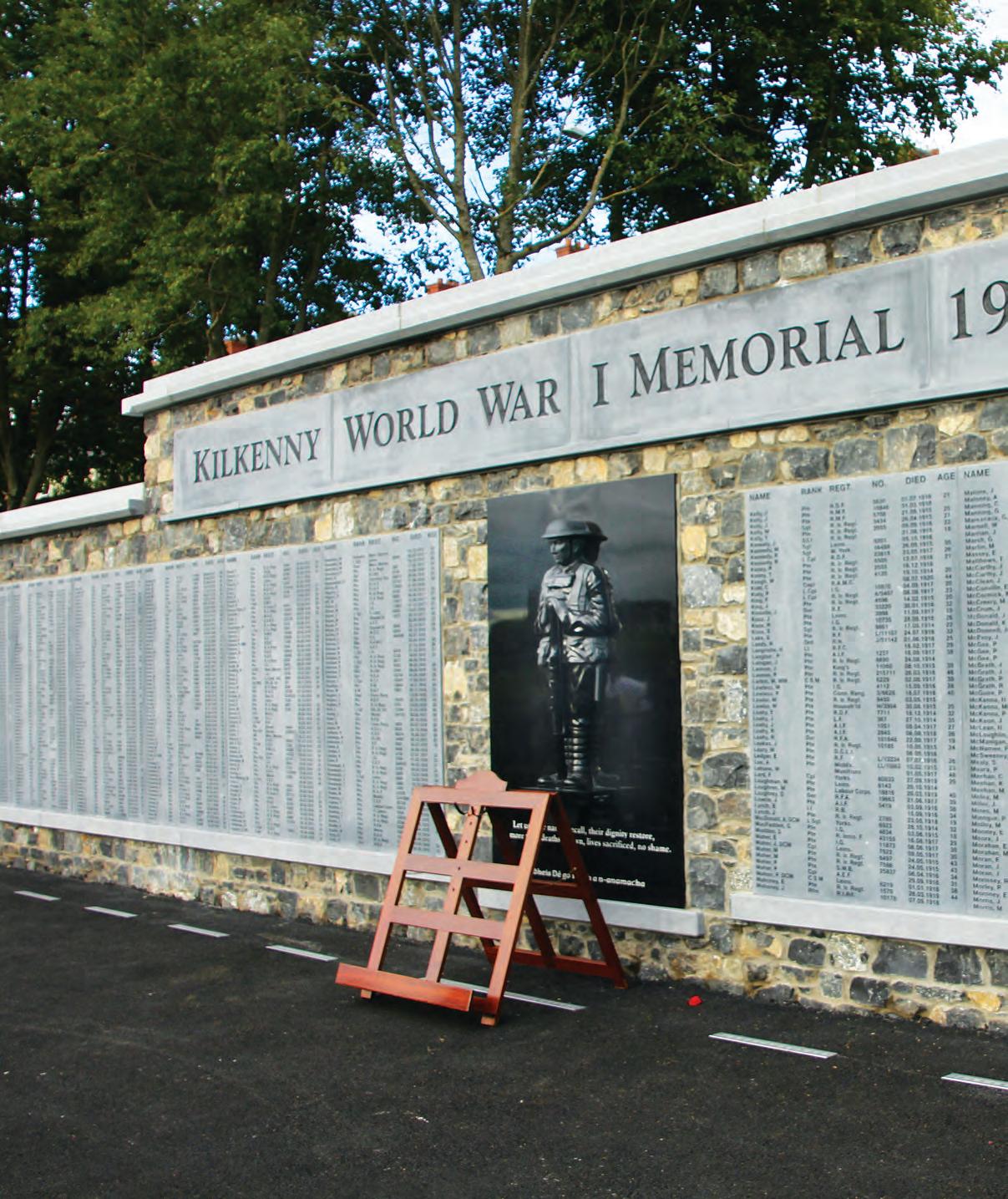
9 minute read
Gerry Cody
EDITED AND COMPILED BY: GERRY CODY ALL PHOTOS: JBS PHOTOS KILKENNY
Advertisement
THESE words are from the pen of poet Robert Laurence Binyon, written in 1914, dealing with Patriotism and Sacrifice.
The poem titled, “For the Fallen” memorializes soldiers who died in battle during World War I. The poem acknowledges the profound loss of the soldiers’ lives while also emphasizing the nobility of their sacrifice.
These words had a special meaning on April 25th when a group from ‘The Kilkenny Great War Memorial Committee’ met to remember Anzac day.
Charlie Parsons played “Last Post” and “Reveille” at the Anzac commemoration
BY: GERRY CODY
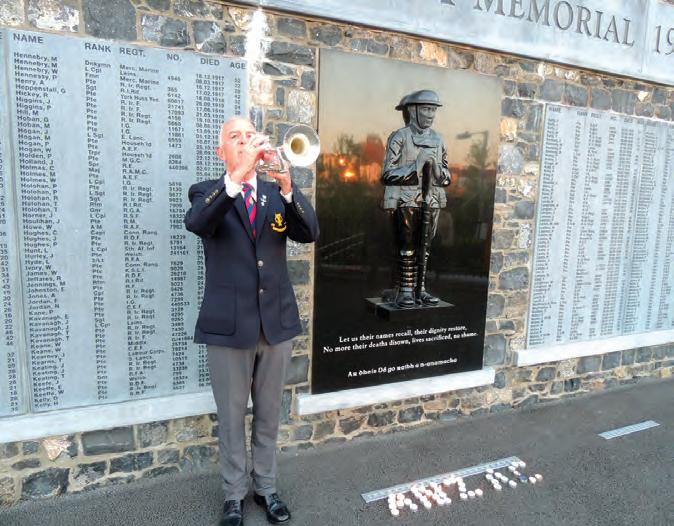
A gun and hat similar to that used at Gallipoli
Oliver Cromwell was an English general and statesman who, first as a subordinate and later as Commander-in-Chief, led armies of the Parliament of England against King Charles I during the English Civil War, subsequently ruling the British Isles as Lord Protector from 1653 until his death in 1658
Lighted candles spell out Anzac at the war memorial on John’s Quay
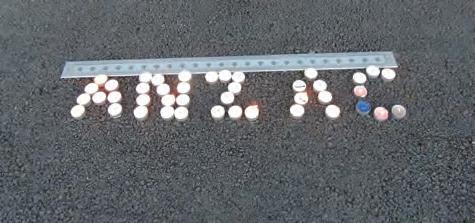
Dawn meeting at Peace Park remembers the dead
The WW1 monument at The Peace Park Kilkenny Photo of monument by ‘Cobh Animation team’ Below: Mr Tim Millikan, Deputy Head of Mission at the Australian embassy Dublin, Larry Scallan, local Kilkenny army historian, and Donal Croghan, chair of The Kilkenny Great War Memorial, who attended the dawn commemoration at the Peace park in Kilkenny
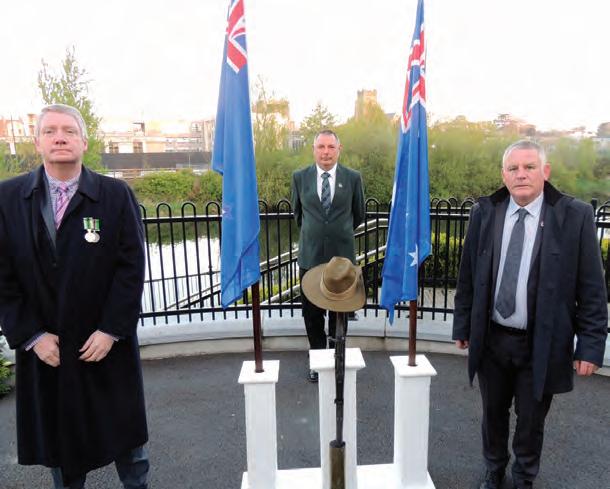

Dawn meeting at Peace Park remembers the dead
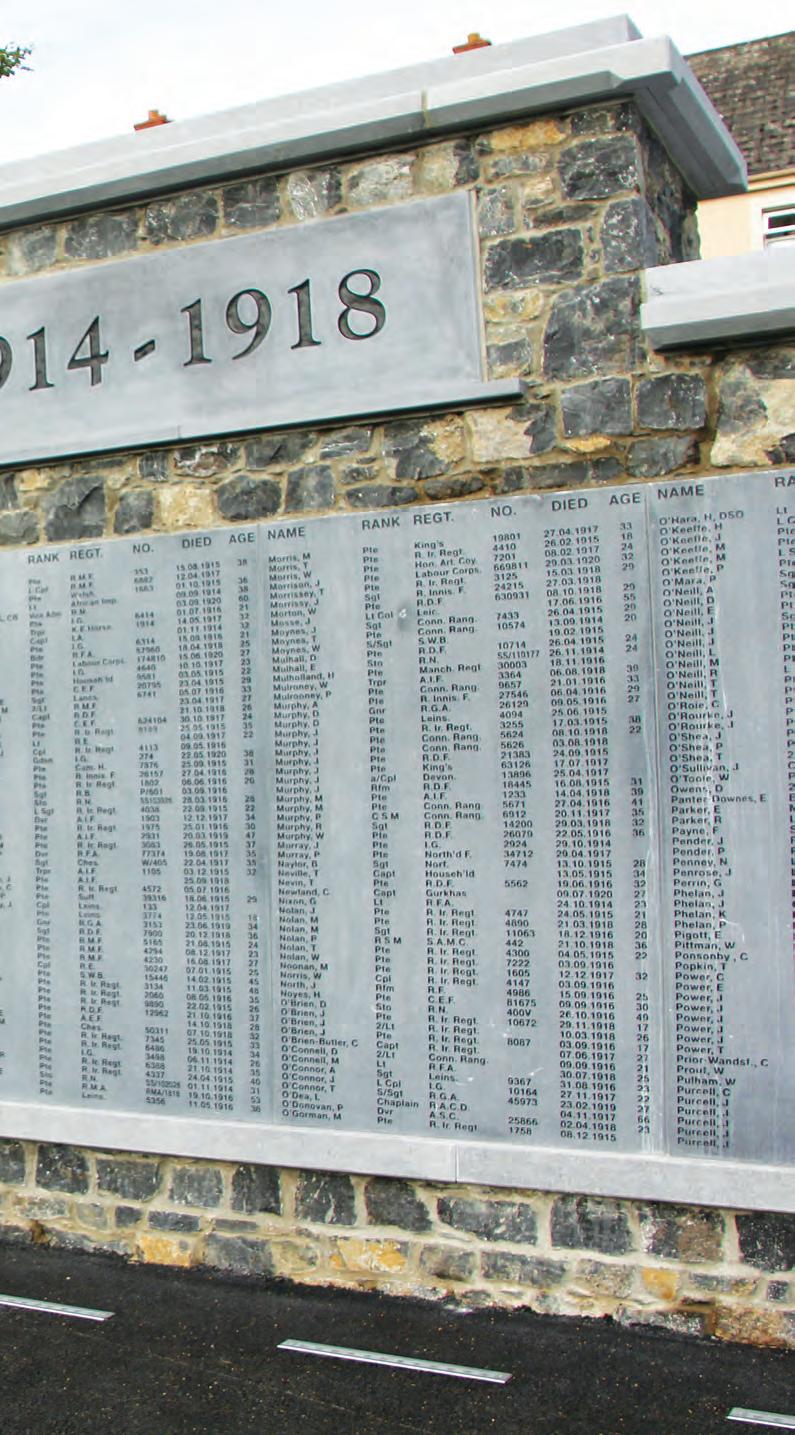
Above: Committee members of the Kilkenny Great War Memorial Committee, Berni Egan, Mary Anne Maher and P.J Norton
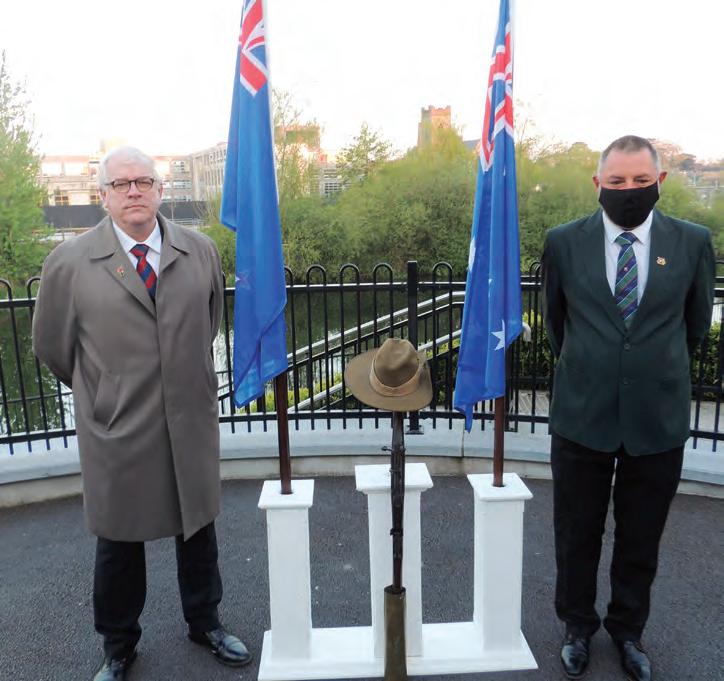
Kilkenny Great War memorial committee member John Joe Cullen and former army Commandant from James Stephens Barracks Larry Scallan attending the Anzac Ceremony at the Peace Park
Each year, on April 25th, Australians and New Zealanders come together to honour their people who served and died in all wars, conflicts, and peacekeeping operations.
Originally Anzac day was specific to those who fought in Gallipoli in the Ottoman Empire during World War I.
ANZAC stands for “Australian and New Zealand Army Corps” and is one of the most important national celebrations across Australia and New Zealand.
Chair of the ‘Kilkenny Great War Memorial Committee’, Donal Croghan explained to The Kilkenny Observer that 123 people from Kilkenny served in the Anzac forces. Twentytwo soldiers and one nurse died.
And so, at 6 a.m. on Sunday, April 25th, a small group gathered at the World War I monument at The Peace Park in Kilkenny to remember those that had taken part in The Anzac forces.
Mr. Croghan went on to explain that “ 6 a.m. is about the time men of the ANZAC approached the Gallipoli beach. However, the origin is the traditional ‘stand-to’, in which troops would be woken, so that by the first rays of dawn they were in position and alert in case of an enemy attack in the eerie half-light.”
Due to Covid restrictions, the numbers were limited, but a very dignified remembrance took place.
The half hour ceremony saw special guest Tim Millikan, head of Mission at the Australian Embassy, Dublin, light a candle in memory of those who had died and placed it at the Kilkenny Monument.
Mr Millikan, having read the names of those who lost their lives, placed a wreath in their memory.
John Joe Cullen also laid a wreath on behalf of ‘The Kilkenny Great War Memorial Committee’ and recited “For the Fallen” and
“Ode of Remembrance”, while Berni Egan read a prayer.
During the ceremony, recordings of the National Anthems of New Zealand, Australia and Ireland were played.
Former Commandant of Kilkenny Military barracks, Larry Scallan raised the Irish flag to full mast while Charlie Parsons played “Last Post” and “Reveille”.
Donal Croghan concluded proceedings by thanking those in attendance.
The final thought on the morning was taken from an Australian soldier: “This is a day not of celebration but of national memory. It is a day when we learn and learn again, of the horror of purposeless war. It is a day for looking after your mates, cherishing your home, your neighbourhood and family. It is a day for realising how rare this wonderful country of ours is and how precious it is”.
Romanian Easter traditions
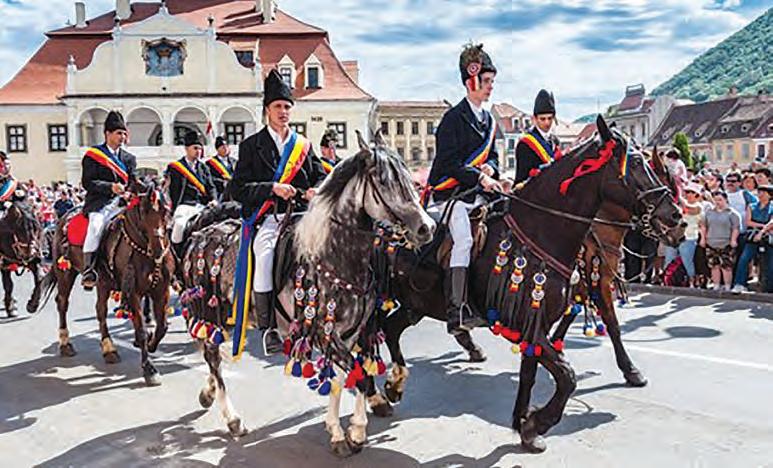
BY LIVIU IFTIME
IN Ireland we have just had our Easter celebrations and Holidays. In one of new communities country’s it is this weekend, This article is a short summary of most common traditions and customs related to Easter, a very important religious event for most Romanians
Romanians all over the world have just celebrated the Christian-Orthodox Easter on the 2nd of May 2021.
Spiritual preparation for the feast of Easter begins with Lent. (Postul Mare) This name refers both to a series of acts of devotion to God that believers must obey, to its long duration, and especially to its significance in preparing for the Lord’s Resurrection. This is a time of purification of soul and body. Believers abstain from eating food from animal sources, as well as from certain bodily desires.
In the middle of Lent (on the day of the “Miezul Paresimilor”), which always falls on a Wednesday, the housewives counted the collected eggs that were to be painted for the Easter holiday.
The last week of Lent is called Holy Week (Săptămâna Mare) This time interval represents the transition to the feast of the Lord’s Resurrection. Every day of this week, special services are held at the church, called Denii. Also in these days, which are from Monday to Wednesday, the cleaning of the house must be finished: everything is aired, washed, ironed, swept and vacuumed; the necessary repairs are made in the house. Wednesday is the last day when men can do field work as working the land was the main activity for many years in Romania. After this day, they will help their women with the household chores for the preparation of Easter.
Holy Thursday is a day with strong and special symbolism. Tradition says that women have a duty to go to church on this day where they share fasting rolls, wine, fruit and honey, and men have the task of cleaning the yards and lighting fires in the backyard or cemetery to clean and care for their lost ones graves. The graves are cleaned and decorated. On this day is to bake the Easter cake (pasca), Easter bread (cozonac) and rolls (colaci), which will be taken to be consecrated at the Church, on the night of the Resurrection. At noon, the eggs are painted.
Good Friday (Vinerea Mare) is the day that commemorates the sacrifice of Jesus who died on the cross for the salvation of man. On this day, believers fast, meaning that food and drink are avoided until late in the evening or even until the next day.
Holy Saturday (Sâmbăta Mare)is the last day of the preparation of Easter to bake the Easter cake, Easter bread and the men cut the lamb whose meat will then be used for cooking broth, meat pie, barbequed and “drob” a delicatessen from the organs of the lamb.
Before leaving for the church, the women prepare a basket of food, which they will take with them to be consecrated by the priest. This tradition is still preserved in many parts of the country, although the contents of the basket may vary. After his consecration, alms were given to the poor.
It is said that we must not sleep at all during the whole period from Holy Saturday to Sunday morning, (Noaptea Invierii) when the church service is over. On this night, the religious tradition confesses that the heavens open, and God can see only in the souls of the awake. At midnight, the priests sing the Easter trope “Christ is risen”, the faithful respond in a voice “True is risen”, then the believers walk around the church behind the priest and the holy light brought from Jerusalem is spread to all those present.
After the light is taken, those who have dead relatives go to the cemetery where the tomb is located and light a candle.
The candle that has received the holy light must be taken lit into homes to bless it, and after making the sign of the cross, it’s extinguished it at the upper threshold of the front door.
TRADITIONAL FOOD
The celebration of the three days of Easter is full of immense joy and traditional dishes are consumed, of which a special place is occupied by lamb dishes: lamb meatloaf “Drob”, Easter cake “Pasca” and painted eggs.
Lamb for Easter - In the Christian-Orthodox religion, the sacrifice of the lamb is the equivalent of the sacrifice of the Savior, who died on the cross not only to save a people, but of all mankind.
Easter cake (Pasca) – Easter cake represents the body of Christ. The traditional shape in which its composition is baked is round reminiscent of the diapers of the baby Jesus and decorated with the symbol of the cross.
Dyed and Decorated Easter
Eggs - The tradition of dyeing boiled eggs for Easter has its origins in the biblical episode in which the Mother of God placed a basket of eggs at the feet of the crucified son, and they turned red from the blood dripping from his wounds. Although in the beginning, Romanian Christians dyed eggs only in red, nowadays, it is not a mistake to paint them in various other colors such as yellow, green or blue. In some parts of Romania the decorating of Easter eggs is a true art. The clashing of Easter eggs is an occasion for joy and fun for those who eat together, but its importance should not be overlooked: it is said that we will meet in the other world with those who clash the Easter egg with.
It may be a few weeks later then the Irish Easter celebrations but regardless of time the days and duties are similar.
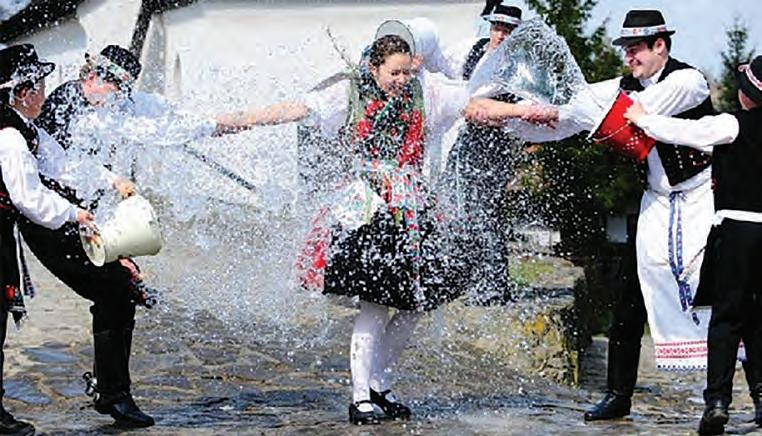


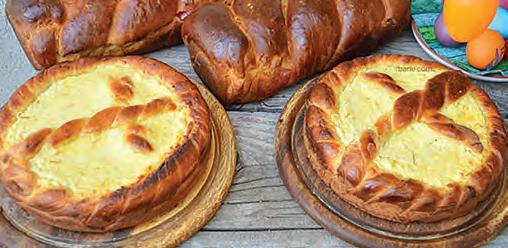
This article is supported by the Romanian Twilight Community Group Contact kclw.ro@twilght.ie




